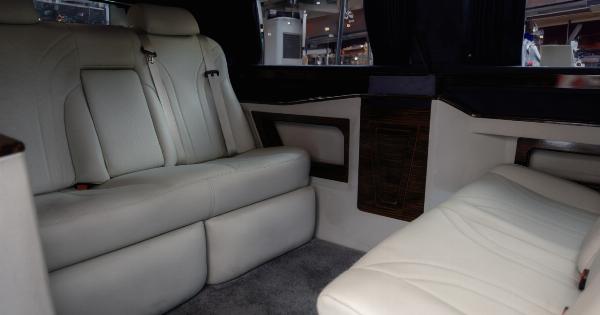In recent years, we have witnessed remarkable advancements in wearable technology. From smartwatches to fitness trackers, these devices are becoming increasingly prevalent in our everyday lives.
However, there is one area that has remained relatively untouched by innovation – our clothing. That is until now. Enter smart fabric, the revolutionary solution for sweating.
What is Smart Fabric?
Smart fabric, also known as electronic textiles or e-textiles, refers to the incorporation of electronic components into textiles, giving them additional functionality.
These textiles are designed to be worn and interacted with, just like traditional clothing. However, smart fabric goes beyond providing mere protection and aesthetics; it aims to enhance our overall comfort and well-being.
How Does Smart Fabric Work?
The integration of electronic components into fabric involves the use of conductive threads, sensors, and microcontrollers. These components are seamlessly woven into the textile, creating a network of connected devices.
The conductive threads allow for the transmission of electrical signals, while the sensors detect and gather data from the wearer’s body or external environment. The microcontrollers process this data and initiate appropriate responses, such as adjusting temperature or providing notifications.
Applications of Smart Fabric
Smart fabric has the potential to revolutionize various industries and sectors. Here are some of its most promising applications:.
1. Sports and Fitness
For athletes and fitness enthusiasts, smart fabric can be a game-changer. It can measure heart rate, monitor hydration levels, and provide real-time feedback on performance.
Additionally, it can track body movements and posture to prevent injuries and enhance training techniques. With smart fabric, sweat can be efficiently managed, ensuring optimal comfort and dryness during intense workouts.
2. Healthcare
In the healthcare field, smart fabric offers numerous possibilities. It can monitor vital signs, such as heart rate and blood pressure, without the need for bulky equipment.
Elderly individuals or patients with chronic conditions can benefit from clothing that detects falls and automatically alerts caregivers. Moreover, smart fabric has the potential to revolutionize wound healing by providing temperature and moisture control, ensuring optimal conditions for recovery.
3. Fashion and Apparel
Smart fabric is not limited to functional applications; it can also be incorporated into fashionable clothing. Imagine wearing a dress that changes color according to your mood or a jacket that adjusts its insulation based on the weather conditions.
The possibilities for creative and interactive clothing are endless with smart fabric.
4. Military and Aerospace
Smart fabric can play a crucial role in enhancing the performance and safety of military personnel and astronauts. It can monitor vital signs, detect chemical or biological threats, and provide real-time communication capabilities.
Additionally, it can help regulate body temperature in extreme conditions and protect against ballistic impact.
Benefits of Smart Fabric for Sweating
One particular area where smart fabric has shown immense potential is in addressing the issue of sweating. Here are some of the benefits of smart fabric for sweating:.
1. Moisture Management
Smart fabric has the ability to efficiently manage moisture by easily wicking away sweat from the body. The fabric can transport moisture to the outer surface, where it quickly evaporates, leaving the wearer dry and comfortable.
This feature is particularly beneficial during physical activities or hot weather conditions.
2. Temperature Regulation
Smart fabric can regulate body temperature by adjusting its thermal properties based on external conditions or the wearer’s body heat. This adaptability ensures optimal comfort and prevents overheating or chilling.
The fabric can also provide insulation when needed and allow heat to escape when necessary.
3. Odor Control
Another advantage of smart fabric is its ability to combat odor caused by sweating. The fabric can be treated with antimicrobial agents or incorporate nanotechnology to prevent the growth of bacteria responsible for unpleasant smells.
This feature is especially valuable for individuals with active lifestyles or those living in humid climates.
4. Health Monitoring
Smart fabric can also monitor various health indicators related to sweating. For example, it can measure sweat rate, electrolyte levels, or pH balance, providing valuable insights into the wearer’s hydration and overall well-being.
This information can help prevent dehydration, ensuring optimal performance and health.
The Future of Smart Fabric
As technology continues to advance, the potential of smart fabric is only beginning to be realized. The future holds exciting possibilities for this revolutionary solution for sweating.
With ongoing research and innovation, we can expect even more advanced features and applications. Smart fabric has the potential to transform the way we dress, enhancing comfort, performance, and overall well-being.































